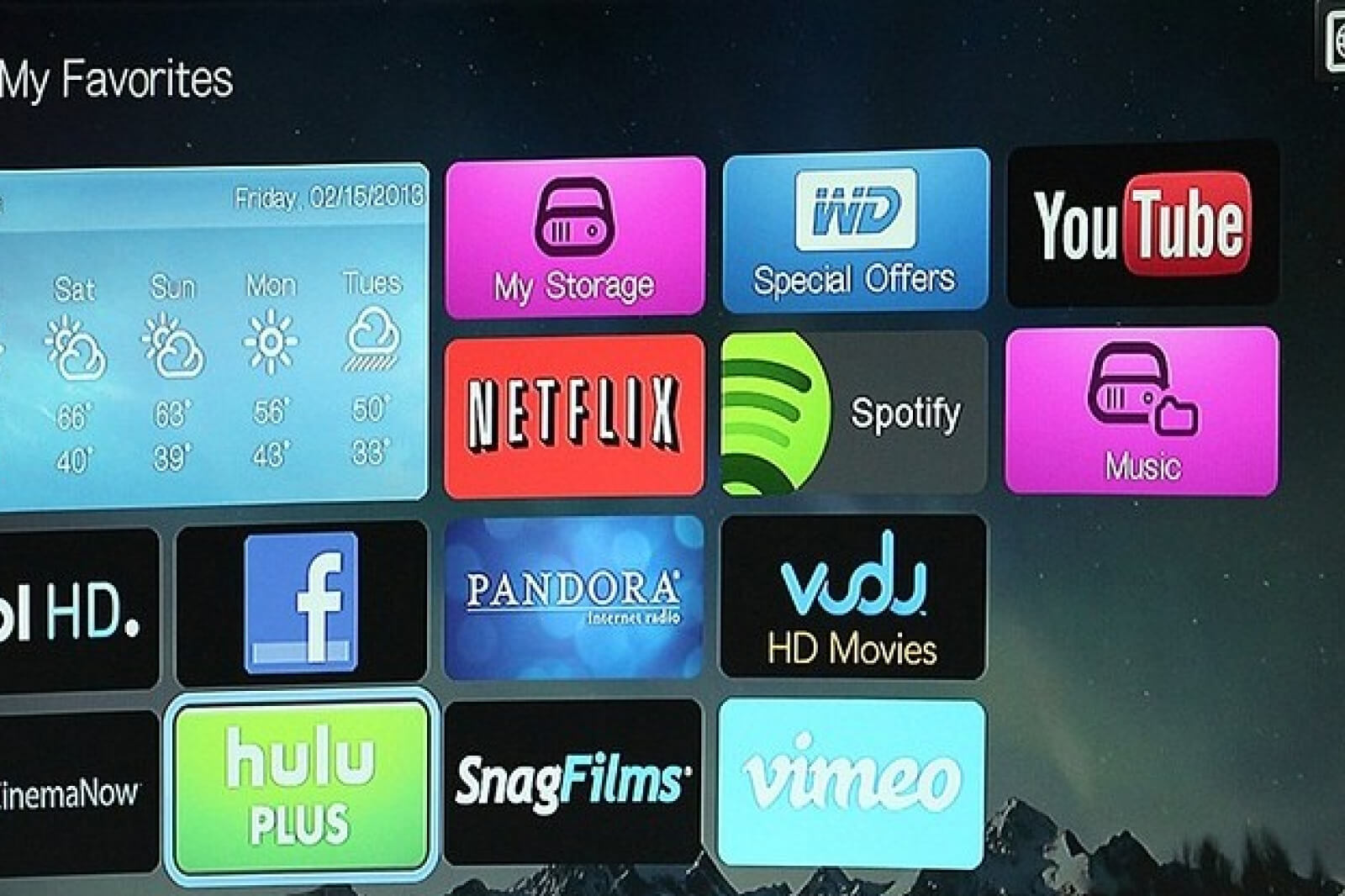The TRUTH About The Trad Wife Trend

Jun 29 | 2025

Nara Smith, Lucky Blue Smith, and daughter Rumble Honey
Matthew Brookes / Oliver Peoples
Imagine this: you marry the man of your dreams. You have two beautiful children with another on the way. You spend your days cooking gorgeous, nutritious meals for your family…. from scratch. You get paid to share your daily life and meals with people around the world. But here’s the catch: half of those people









